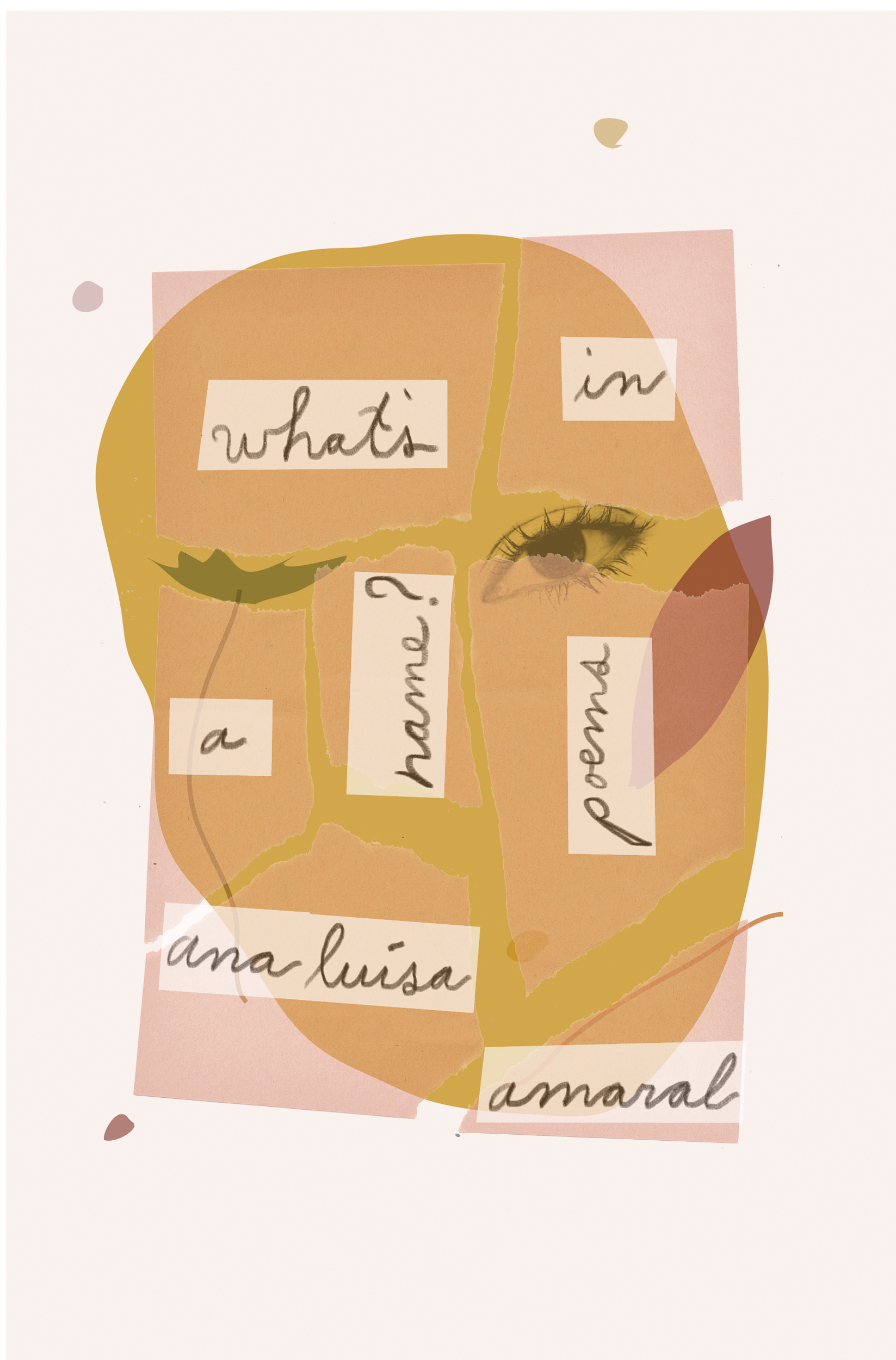SOONER OR LATER EVERYTHING FALLS INTO THE SEA BY SARAH PINSKER
Sarah Pinsker’s stories nestle in the cracks of our world with strange concepts that resound emotionally with the reader. Some of the realities found here contain more verisimilitude. In “Talking With Dead People,” a woman constructs replicas of murder houses and, powered by A.I., the houses speak in the voices of the dead. Other realities convey distorted or futuristic visions of Earth. In the title story, “Sooner or Later Everything Falls Into the Sea,” cruise ships peopled by the wealthy sail endlessly to avoid the contaminated land. A scavenger finds Gabby, one of the ships’ musicians, washed up on the shore. Gabby relearns the earth and its relics of civilization. “Funny how you don’t realize the last time you see something is going to be the last time,” she says of turtles, now likely extinct.
An atmosphere of nostalgia and doom pervades the collection. The characters act out of deep wells of fear, hope, and longing, as the environment collapses or is transformed unrecognizably. In “A Stretch of Highway Two Lanes Wide,” a man who loses his arm in a farming accident wakes up with a bionic replacement and becomes convinced that he is a road in Colorado. By some glitch in the technology, his self is twinned. The concept is whimsical but the story, like all of Pinsker’s stories, considers what it means to be human when the circumstances we associate with humanity have changed. A longer story, “Wind Will Rove,” considers the value of human history out of context. A history teacher aboard an intergenerational colony ship finds that art, especially music, is meant to thrive with creative synthesis. The defamiliarization of the ship, reminiscent of Ursula K. Le Guin’s “Paradises Lost,” allows Pinsker to explore how the past is lived in the present, and whether humans are resilient enough to secure a future beyond our polluted planet.
—Review by Sara Ramey









